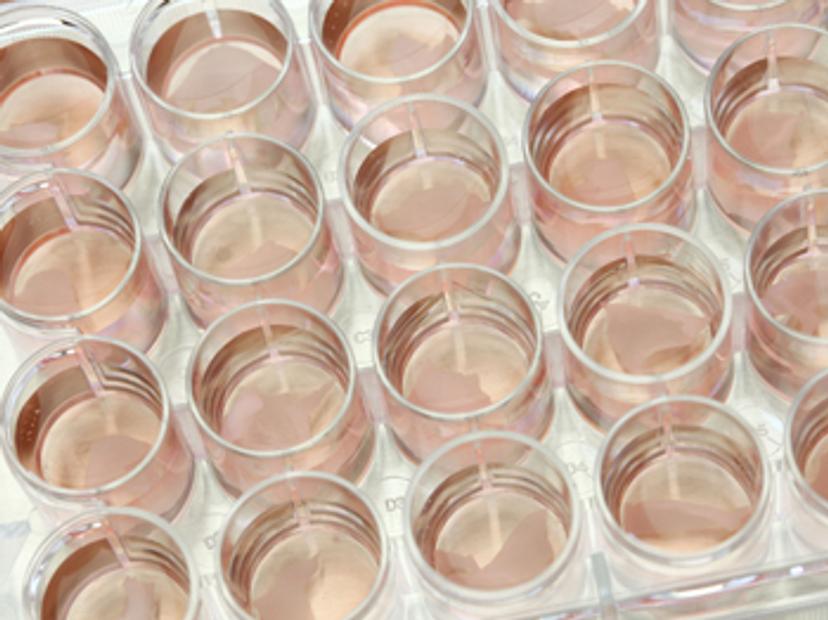Optimizing cell line development workflows for therapeutics
Trends and technologies to generate high-quality clonal cell lines
13 Sept 2022

Cell line development is essential in the production of complex biopharmaceuticals. This lengthy multistep process is particularly time consuming and often a bottleneck in the speed to market of therapeutic products. Optimization of cell line development workflows has seen the introduction of new technologies that automate, streamline, and simplify various stages of the cell line development process, including clonality assurance and clone selection. While there is a drive to increase the throughput and speed of cell line development, this must also be balanced with quality control and regulatory compliance. Here, we detail some of the ways in which the latest laboratory equipment can be used in cell line development and process optimization, to help you reduce development timelines for biopharmaceutical production while also meeting good manufacturing practice (GMP) requirements.
Ensuring clonality in the cell line development workflow
Clonality assurance is an important step in cell line development for protein therapeutic and monoclonal antibody production. Cell lines derived from a single-cell progenitor help to ensure consistent manufacturing of therapeutics. Without this, cell lines risk growth of undesired cells that change the final product. To meet regulatory compliance in GMP manufacturing, biopharmaceutical manufacturers and contract development and manufacturing companies (CDMOs) must provide evidence of clonality. Manufacturers must confirm that only one cell is printed into each well and that only one cell is present following dispensing of cell culture media.
Performing these steps manually can be time consuming in the cell line development workflow. A number of manufacturers have developed innovative technologies for cell sorting, cell printing, and cell imaging, that help meet the regulatory requirements by confirming a high probability of clonality. The Solentim VIPS™ by Advanced Instruments, for example, is a high-efficiency single cell seeder that combines single-cell cloning with an image-based ‘double lock’ of clonality assurance by imaging both the droplet immediately after deposition and whole-well imaging post media fill, for a confident regulatory submission. Learn more about how this technologies can address top three challenges in cell line development – clonality assurance, regulatory-compliant data, and high product quality – in this interview with experts at Advanced Instruments.
Other systems offering similar functionality include the UP.SIGHT™ from CYTENA, which also provides single-cell dispensing and 3D Full Well Imaging, which that enables imaging of the full volume of each well from the point of dispensing.
Measuring productivity: Integrating single-cell screening
When selecting the best cell line to scale up, productivity and stability must be assessed. The ability of a single cell to secrete the desired protein or biomolecule can be monitored using screening approaches. For example, Cyto-Mine® technology from Sphere Fluidics, incorporates selective single cell screening in addition to single cell sorting, isolation, and monoclonality assurance using high-quality imaging. In a recent SelectScience® webinar, Dr. Devika Kalsi, Principal Scientist, MCC Upstream Process Development, FUJIFILM Diosynth Biotechnologies, shares how her team developed a novel cell line development workflow for the generation of high-quality clonal cell lines using this technology.
Join the SelectScience biopharmaceutical community
Register for free SelectScience membership to receive email updates about the latest technologies, methods, and case studies in biopharmaceuticals, to help you find trusted solutions for your cell line development workflow.
